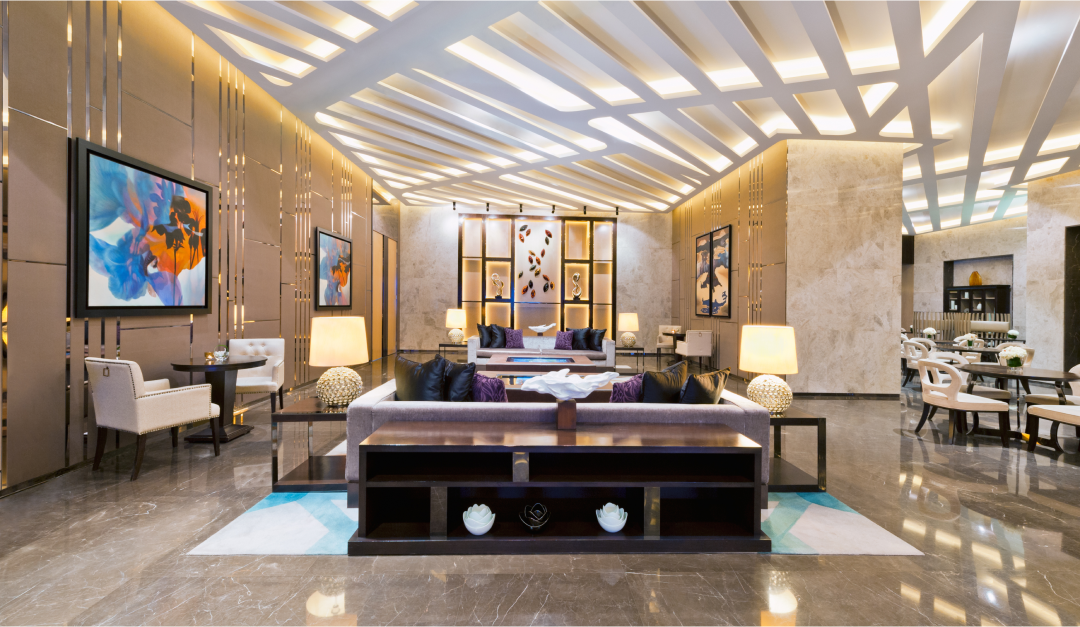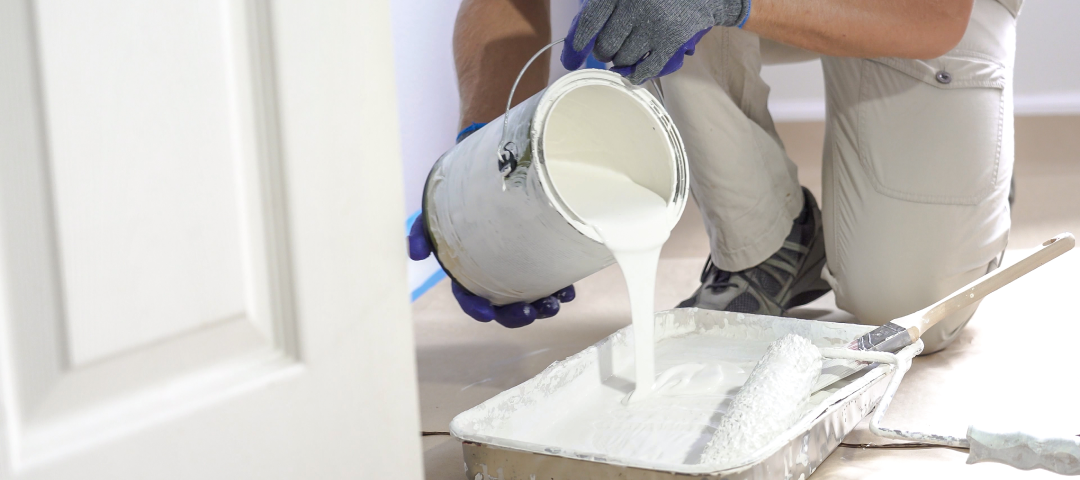
When it comes to high-traffic hospitality projects, choosing the right paint is very essential. Hotels, restaurants, cafes, bars, and other bustling hospitality facilities experience heavy foot traffic and frequent cleaning routines. Here are a few options of paints for high-traffic areas that can withstand demanding environments while maintaining aesthetics and durability.
1. Water-Based (Latex) Paint
Water-based paints offer numerous advantages that make them ideal paint for high-traffic areas such as hotels, restaurants, cafes, and bars. One of their primary benefits is their ease of application and quick drying time, which contributes to efficient project completion and minimizes downtime for the space. Additionally, their user-friendly application makes them accessible to professional painters’ enthusiasts, ensuring a smooth and hassle-free painting process. Moreover, water-based paints are renowned for their durability, especially when opting for high-quality formulations. These paints often feature enhanced scrub resistance, making them resistant to scuff marks, stains, and abrasions caused by frequent cleaning and maintenance in busy hospitality environments.
2. Oil-Based (Alkyd) Paint
Oil-based paints emerge as a top contender in this regard, renowned for their exceptional resilience and ability to withstand the heavy foot traffic, frequent cleaning, and inevitable wear and tear characteristic of hotels, restaurants, cafes, and bars. Their robust composition ensures longevity, making them a preferred choice for surfaces subjected to constant use and exposure. Furthermore, their inherent stain resistance feature adds an extra layer of protection, safeguarding against spills, splatters, and stains that are commonplace in hospitality settings.
3. Eggshell or Satin Finish
These finishes, known as satin or eggshell, offer a harmonious blend of gloss and matte qualities. Their subtle sheen strikes a perfect balance, making them ideal for high-traffic areas within the hospitality industry. Not only do these finishes provide a sophisticated aesthetic appeal, but they also offer practical benefits such as stain resistance and mildew resistance. Their ability to withstand the rigours of constant use, coupled with their resistance to common environmental factors, renders them the perfect choice for spaces where durability and aesthetics are equally important.

4. Balancing Colour Schemes
In hospitality settings, colour holds substantial importance, acting as a powerful tool to create ambience and evoke emotions. Striking a delicate balance between trendy, expressive interiors and a warm, inviting atmosphere is key. This can be achieved by combining vibrant accent colours with soothing neutral shades, creating a dynamic yet harmonious environment.

